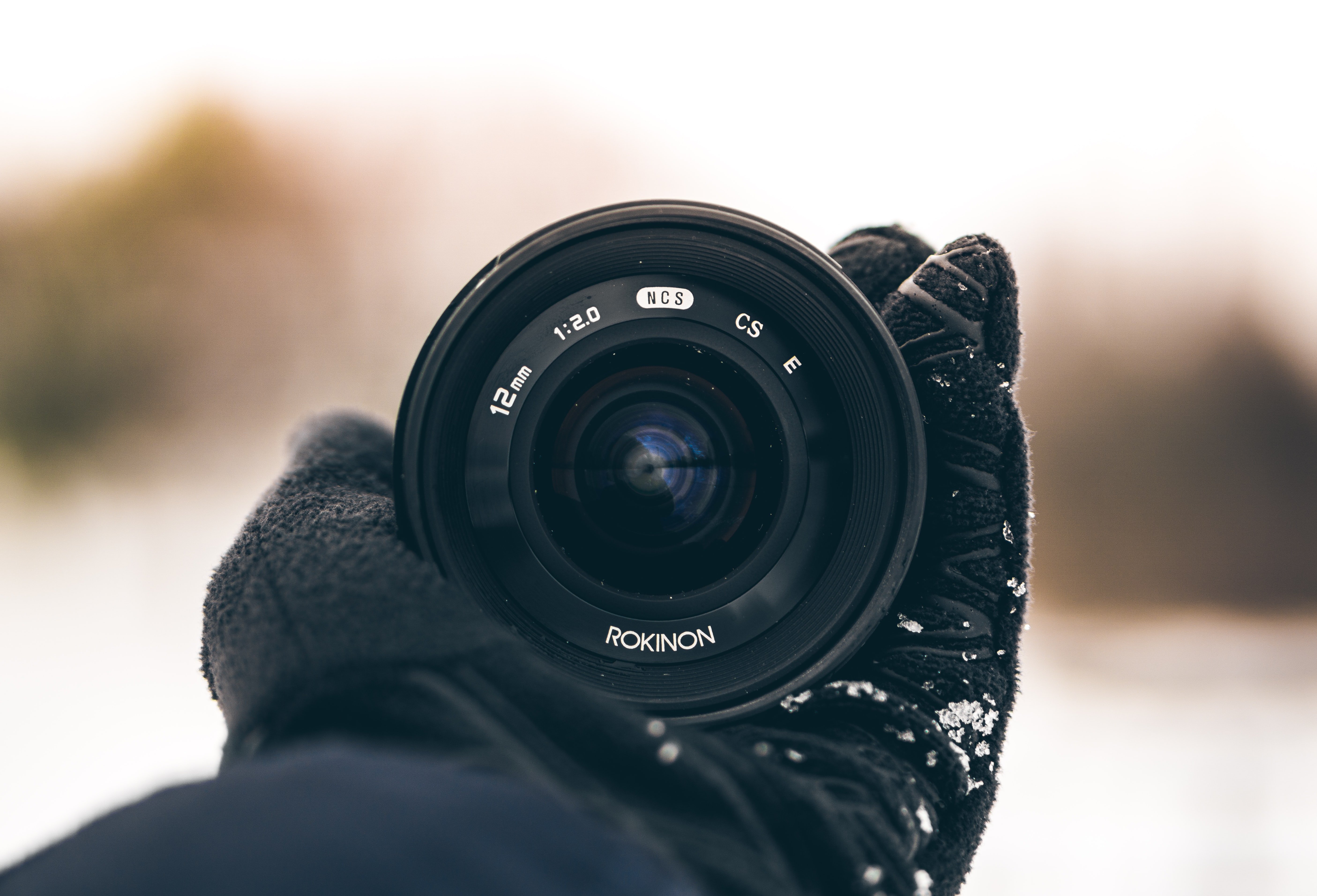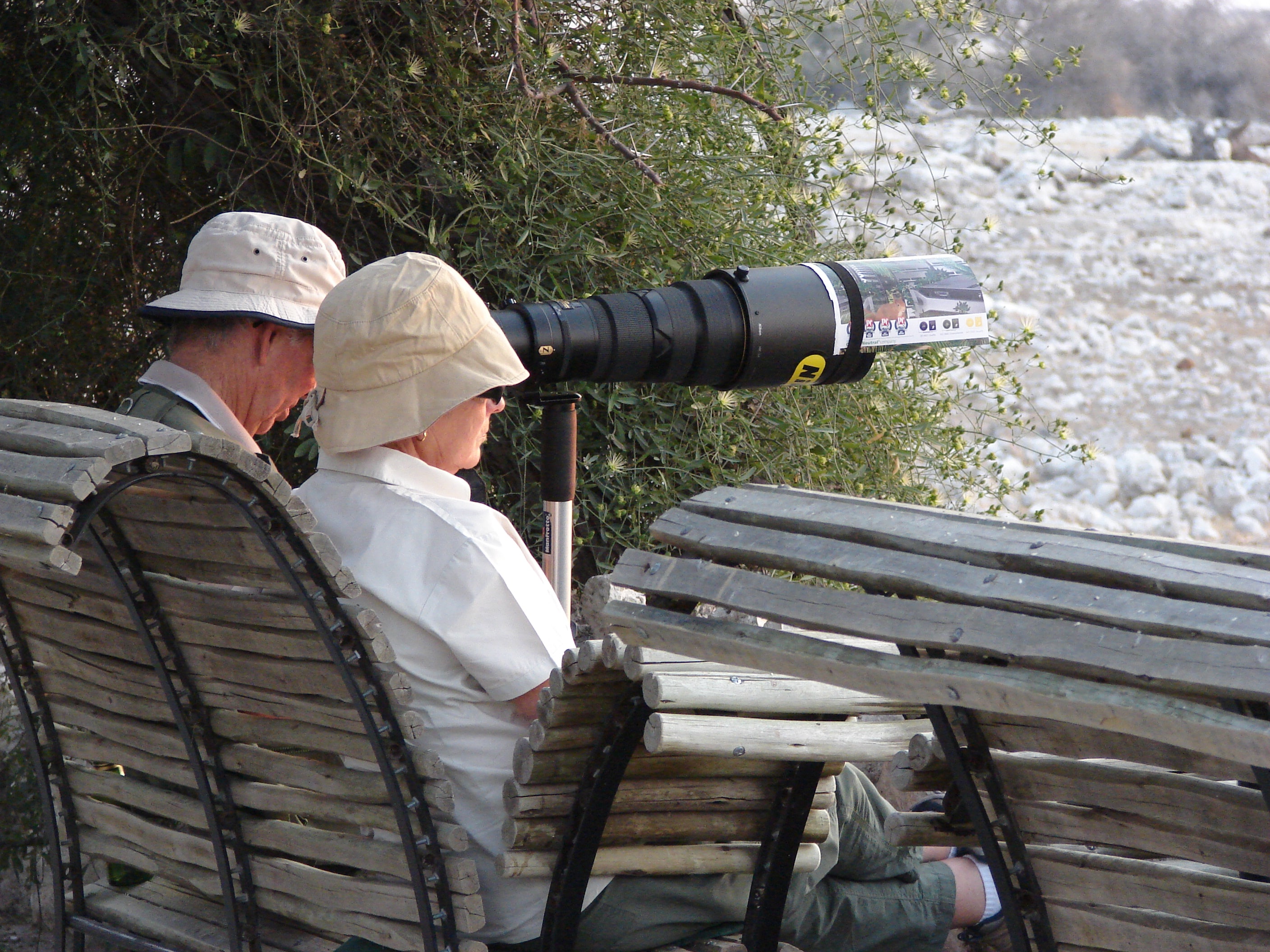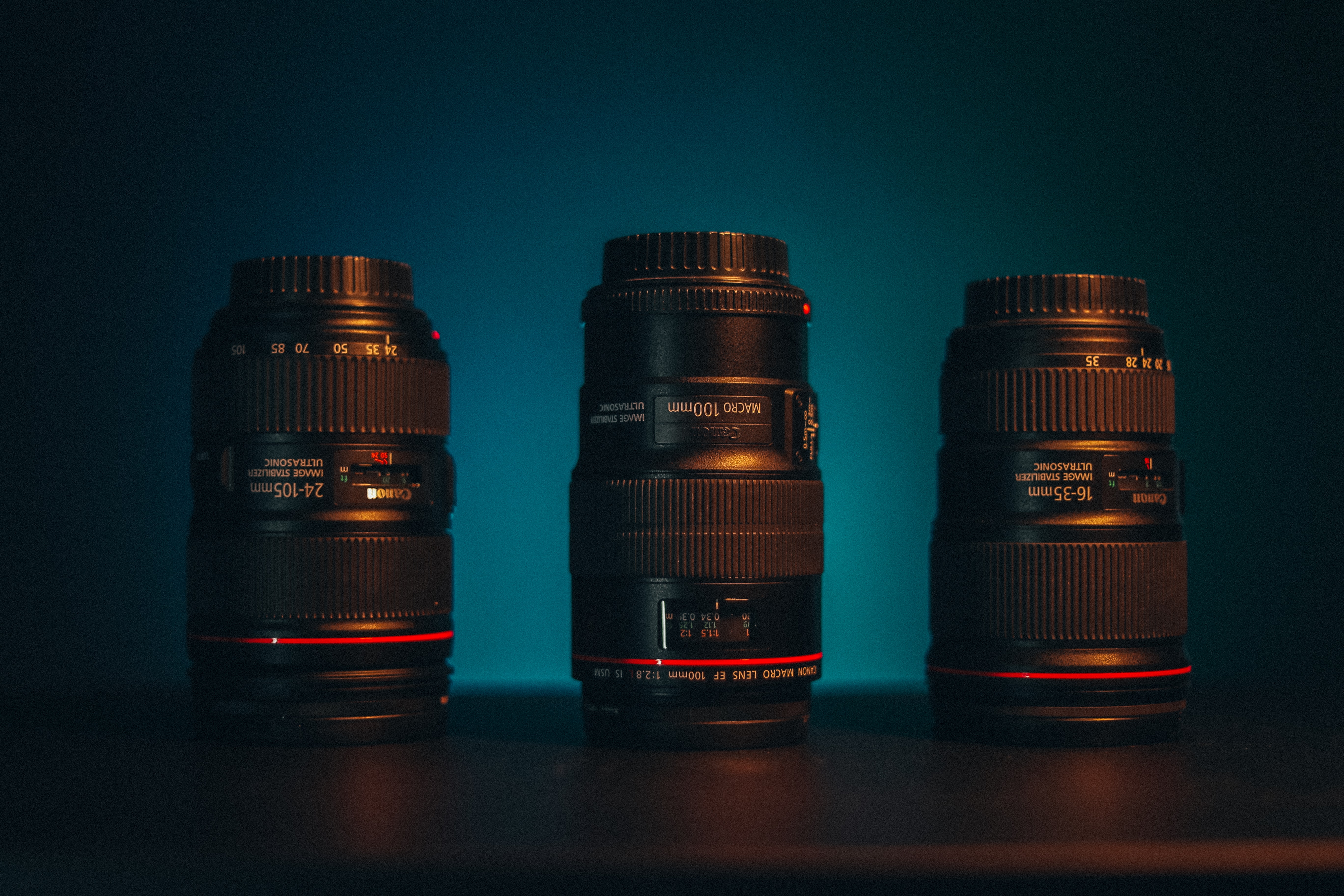Choosing The Right Camera Lenses For The Job
Camera Lenses
Gear
General Topics
Photography
Tips & Advice
Used Camera lenses
GearFocus
Mar 30, 2020

You’ve got the camera. You’ve got the eye. Now get the perfect picture with a lens that takes your photography to the next level.
Do you love your camera, but aren’t quite satisfied with the final product that you are getting from your photography? If you are confident in your photography skills and know that you have a great rig in hand, then the issue may be the lens you are using! Camera lenses are as, if not more, important than the camera itself. With industry-level DSLR and Mirrorless cameras becoming more affordable and easier for individuals of all skill levels to obtain, the ability to stand out in the photography industry is becoming more and more difficult. Now it takes something truly unique to make your photographs stand out from the crowded photography crowd. (Here’s a hint: You may need a new lens!)The Camera Lens Extended Family - A Buyer’s Guide
You may be surprised to learn that there are just as many lens options as there are styles of photography. That default lens that came with your DSLR or Mirrorless camera may be great, but it may not be cutting it for the kinds of intricate, specific photography you are interested in. Today’s modern DSLR designers make great cameras for a wide market, so the kit lens that you will find with most off the shelf models (think of your standard18-55mm f/3.5-4.5 model) will give you good results, but nothing worth writing home about. Depending on your photography goals, there are three general lens types that you will want to consider adding to your arsenal for your next job: a telephoto lens, an ultrawide-angle lens, and a macro lens. Let’s break down each, and take a look at the advantages of each. Our goal is to help you find a lens that is perfect for your unique style.See It All with an Ultrawide-Angle Camera Lens
 The first lens on our list to consider adding to your toolkit is the ultrawide-angle lens. This type of lens is typically utilized when trying to capture outdoor scenes or larger-than-life images. Think of inspiring skyline photographs or those breathtaking mountain views. These lenses can take your DSLR photos to new heights by capturing far more image - in vivid color and quality - than your default lens ever could.
There are many brands and options of ultrawide-angle lenses out there. When considering purchasing an ultrawide, there are some specific elements to keep in mind:
The first lens on our list to consider adding to your toolkit is the ultrawide-angle lens. This type of lens is typically utilized when trying to capture outdoor scenes or larger-than-life images. Think of inspiring skyline photographs or those breathtaking mountain views. These lenses can take your DSLR photos to new heights by capturing far more image - in vivid color and quality - than your default lens ever could.
There are many brands and options of ultrawide-angle lenses out there. When considering purchasing an ultrawide, there are some specific elements to keep in mind:
- Close Focus Distance.
- Distortion Control.
- Lens Shade/Hood
Capture The Action with a Telephoto Lens
 Maybe you are ready to take your photography skills to the sports field. One of the hardest photographs to capture at quality is any subject in movement. With a super-telephoto lens, you can better capture movement in wide landscapes - even if you are on the sideline.
Popular models - such as Canon's 400mm f/2.8 IS or Nikon's 300mm f/2.8 VR - are expensive and heavy to hold, but their ability to capture fantastic action shots are unbeatable. If you are interested in making an investment, you will want to take a close look at a telephoto lens.
Here are some important elements when it comes to picking a telephoto lens for your camera setup:
Maybe you are ready to take your photography skills to the sports field. One of the hardest photographs to capture at quality is any subject in movement. With a super-telephoto lens, you can better capture movement in wide landscapes - even if you are on the sideline.
Popular models - such as Canon's 400mm f/2.8 IS or Nikon's 300mm f/2.8 VR - are expensive and heavy to hold, but their ability to capture fantastic action shots are unbeatable. If you are interested in making an investment, you will want to take a close look at a telephoto lens.
Here are some important elements when it comes to picking a telephoto lens for your camera setup:
- An Image Stabilization System
- Speed To Offset Blur
- Compatibility & Customizability
Catch Every Detail with a Macro Lens Setup
 Sometimes there is just as much beauty in a close-up as there is in a landscape. When you want to take your photography to the smaller side, consider adding a macro lens to your camera!
A true macro will give you a 1:1 ratio when shooting. This means that the image that is shot is the same as the object being photographed. Most macro lenses can offer a great 1:1 ratio while offering AE and AF capability. These lenses are also great for everyday shooting as well.
Here are some elements to consider when looking to add a macro lens to your kit:
Sometimes there is just as much beauty in a close-up as there is in a landscape. When you want to take your photography to the smaller side, consider adding a macro lens to your camera!
A true macro will give you a 1:1 ratio when shooting. This means that the image that is shot is the same as the object being photographed. Most macro lenses can offer a great 1:1 ratio while offering AE and AF capability. These lenses are also great for everyday shooting as well.
Here are some elements to consider when looking to add a macro lens to your kit:
- An Accurate Focal Rate
- Autofocus Ranges
Know Your Goals, Pick Your Lens
As we’ve pointed out above, there are many options to choose from when it comes to picking the right lens for your photography needs. By building your knowledge base about the available lens options, as well as learning how to use each, you can be ready to tackle any photography project with confidence! Also consider buying used camera equipment, including used camera lenses, as you will save a decent buck, especially for older lenses that have been out for a while.SHOP FOR YOUR NEXT GREAT LENS NOW & SAVE MONEY WHEN BUYING A USED LENS
Own one like this?
Make room for new gear in minutes.
Loading...